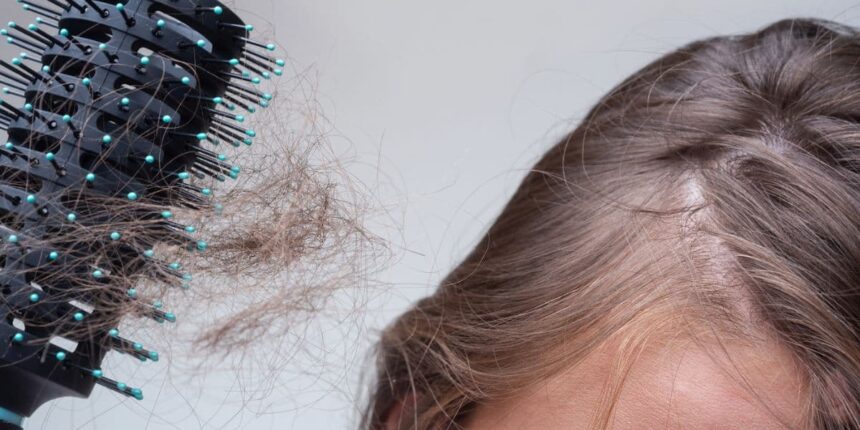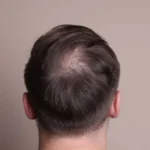Hair loss is a typical concern for women and may be linked to hormonal changes. Various factors, like aging, stress, and underlying health issues, may contribute to this condition. Understanding the root causes and exploring solutions helps manage hormonal hair loss effectively. Here are some key aspects of hair restoration and available treatment options:
Androgenetic Alopecia
Androgenetic alopecia is a significant type of hormonal hair loss in women. It is linked to genetic factors and hormonal imbalances. This condition may cause thinning hair, especially around the crown and part line. Hair loss generally progresses slowly over time, making early detection very helpful.
The process involves hormones called androgens. These hormones can affect hair follicles, causing them to shrink. As a result, hair growth phases become shorter, and strands become finer. Women with androgenetic alopecia might have visible effects, highlighting the importance of personalized treatment options for long-term management. If symptoms are addressed early, certain hair regrowth methods may help preserve existing hair and prevent further thinning.
Evaluation of Case
Individual cases require an exploration of medical history, current health conditions, and the specific patterns of hair loss observed. A medical professional may conduct blood tests to rule out underlying conditions. These tests also assess hormone levels that may impact your hairline. Along with these evaluations, diet and lifestyle habits may be reviewed. Poor nutrition is a key factor in some instances.
Next, physicians typically examine the scalp to identify visible patterns or damage. Combining these steps with a comprehensive discussion of family history provides helpful insights. Women experiencing hair loss that spreads evenly may receive different diagnoses compared to those with patterned shedding. Treatments target the root causes, avoiding unnecessary risks or inappropriate plans for patients.
Medication and Therapy
Treatment options for hormonal hair loss include various approaches such as medications, platelet-rich plasma (PRP) therapy, and advanced laser treatments. Each method targets specific aspects of hair restoration to effectively address key problems. Patients may use medications such as finasteride and minoxidil. Minoxidil is applied to the scalp to support hair regrowth and reduce shedding. Some healthcare providers also prescribe hormonal therapies to balance excess androgens or control DHT levels.
PRP therapy involves processing a patient’s own blood to create platelet-rich plasma. This technique aims to stimulate the natural repair cycle of hair follicles, especially for those experiencing thinning hair. For those preferring non-invasive treatments, low-level laser therapy (LLLT) is available. Dermatologists may use devices emitting specific wavelengths to activate hair follicles. These lasers are available in clinics or can be used at home with approved devices for regular use.
Find Hair Restoration Solutions
Addressing hormonal hair loss requires a careful approach, starting with an understanding of the underlying factors and how they impact hair growth. Androgenetic alopecia, scalp evaluations, and advanced therapies all offer valuable insights or pathways worth exploring. If you are currently experiencing hair thinning or shedding, seeking professional advice is a practical step. A medical consultation can help identify the exact causes and guide you toward personalized treatment options. Reach out to a specialist to take the first step in addressing hormonal hair challenges.





